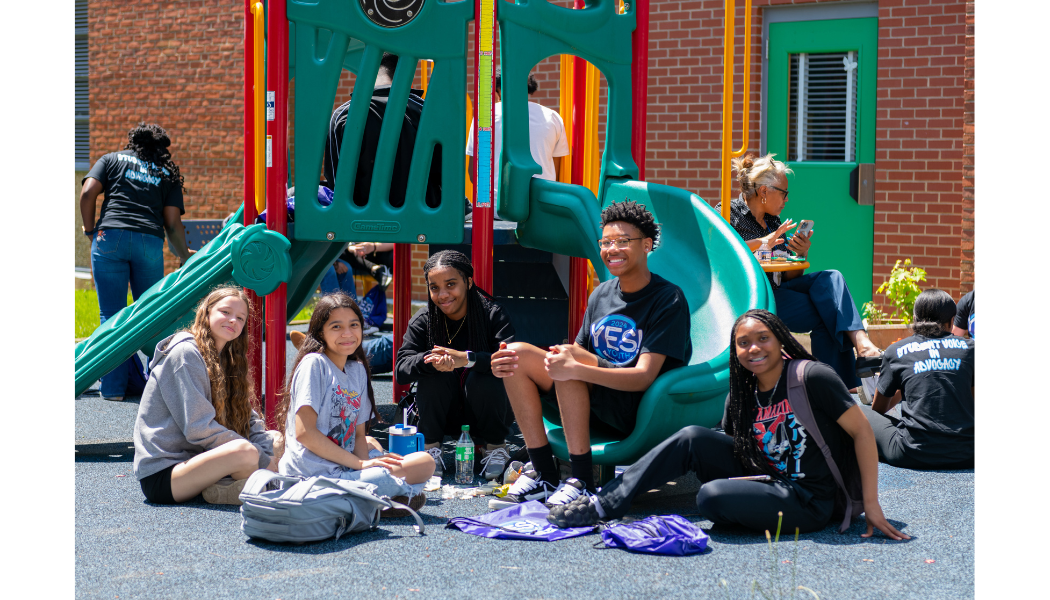
The data below indicates AACPS’ progress toward the goals as stated in this Priority area of the Strategic Plan.
To view a scorecard document that shows AACPS’ progress toward all five goals, click here.
Goal A
Increase student and family awareness of, access to, and use of available social, emotional, behavioral, and mental health supports.
Goal B
Increase the percent of students not chronically absent for all student groups.
Note: Student groups >5% of the student population are displayed.
Goal C
Increase behavioral health supports in schools by reducing the staff-to-student services ratios.
Note: Staff Data is as of 10.15.23. Student data is as of 9.30.23. Student Services includes AACPS school counselors, school psychologists, social workers, and pupil personnel workers (no outside agencies). Updated 11.30.24.
Abbreviations and Notes
ES: Elementary Schools
MS: Middle Schools
HS: High Schools
Economically disadvantaged, rather than FARMs, is reported as in ESSA
Groups > 5% of the student population are displayed.
Survey: The Maryland School Survey is administered annually to 5th through 11th graders. Each domain is scored on a 1-10 scale. A score of 5.5 or higher is favorable. The emotional safety topic describes the degree to which students feel happy, socially accepted, listened to, and a part of their school. The behavioral and academic supports topic describes the degree to which students feel they receive social, emotional, behavioral, and academic supports from adults at the school as well as that behavior is addressed appropriately, and what students are learning is important to them and connected to life outside their classroom.
Chronically Absent is when a student misses 10% or more of the total number of school days in a year, including excused, unexcused, and out-of-school suspensions. For example, if a student is enrolled for 180 days of school and misses 18 or more days, they are considered chronically absent.
Student Service Staff are AACPS employees (not contractors) whose job titles fall under any of the following umbrella categories: School Counselors, School Psychologist, Social Worker, and Pupil Personnel Worker.










